A fascinating challenge when working on a translation is the issue of how to approach translating slang words and phrases as well as unique cultural references. The translation of such cultural references is an issue that can lead to various misunderstandings of not just intention but also of different cultures. In a similar way, slang also poses a potential problem as it is not only closely linked to dialect but also certain places, times and specific cultural references. With the delicate nature of these linguistic features, the often-subtle intricacies in source texts can be easily mistranslated, losing important information.
How one approaches translating cultural references depends on the intention of the piece being translated. Is the maintenance of the cultural context in which the text was written important or is providing an equivalent feeling more important? A good example of maintaining cultural context is literature, be it fiction or non-fiction, where preserving the cultural references as they are in the original is often the best approach. The assumption here is that the reader in the target language has less knowledge about the culture associated with the language from which the text has been translated.
Therefore, if there’s a cultural reference that may cause confusion to the translated text’s audience, it is worth considering providing an explanation, either naturally in the text or via a footnote. This is exactly what happened with the Chinese translation of the Twilight series, where the footnotes explaining the facets of American life unfamiliar to Chinese audiences made it a bestseller. This approach can also be used with slang to preserve the cultural color that is often important to texts.
However, there are other instances where conveying an emotion to provide an equivalent emotional impact should be the aim of a translation. This is particularly the case with metaphors and other occasions when the focus is on feeling rather than informational content. Biblical translations provide several good examples of this. Consider the translation of the phrase “Lamb of God”, which includes several cultural references. Among them, the existence of an animal known as a lamb, the association of lambs and sacrificial slaughter, the idea of a lamb being a useful animal worthy of respect and the knowledge that lambs can be killed for their meat and wool. Instead of providing a lengthy footnote in Biblical translations for cultures that had a different concept or no concept at all of a lamb, an equivalent is instead often used. The phrase is therefore translated as Pig of God among parts of the Pacific islands and the Seal of God in Inuit.
Slang can also be maintained, explained or substituted with an equivalent, but doing so can often be difficult due to how much slang varies depending on age, location, context and other factors. Care should be taken if finding an equivalent word to make sure that it truly matches. Consider you’re working on a translation of a text set in an unspecified location in the 1980s that uses a slang word like “dude”. You could then find an equivalent phrase associated with the 1980s in the target language that captures the equivalent meaning. However, if the text takes place in a specific location where the culture may be important, it may be better to use the term and then explain it. A lot of care is needed as the smallest error could risk changing the feeling that is associated with a piece.
When translating slang and cultural references, translators need to decide on their approach considering the focus and audience of the text itself. Not only can this be dangerous territory for translators, but it’s also one of the most enjoyable aspects of translation that shows it’s an art form that goes beyond understanding the source and target languages.


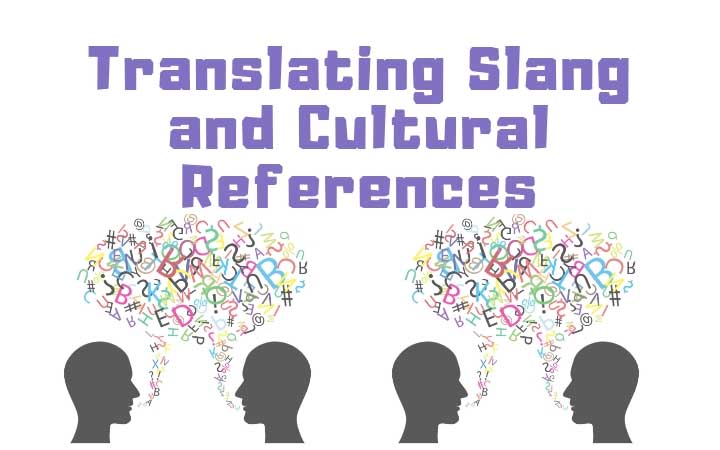
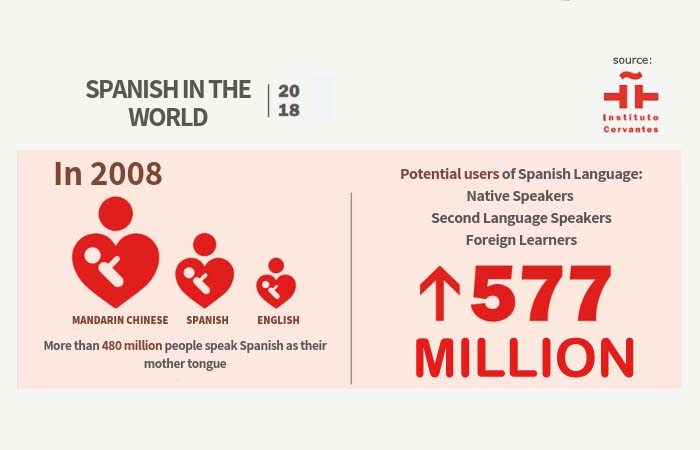

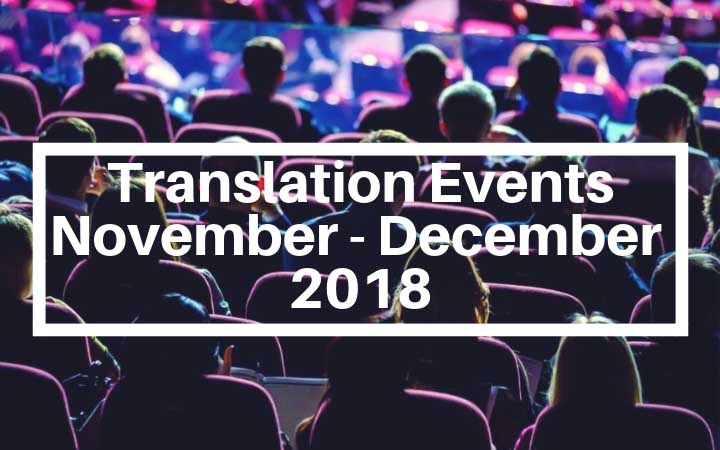

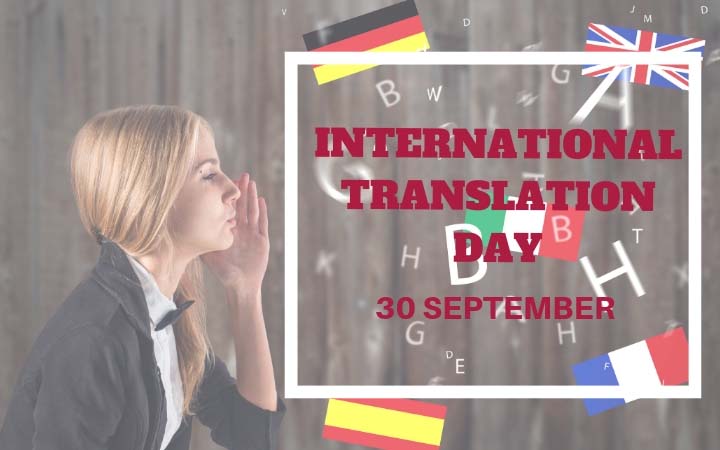

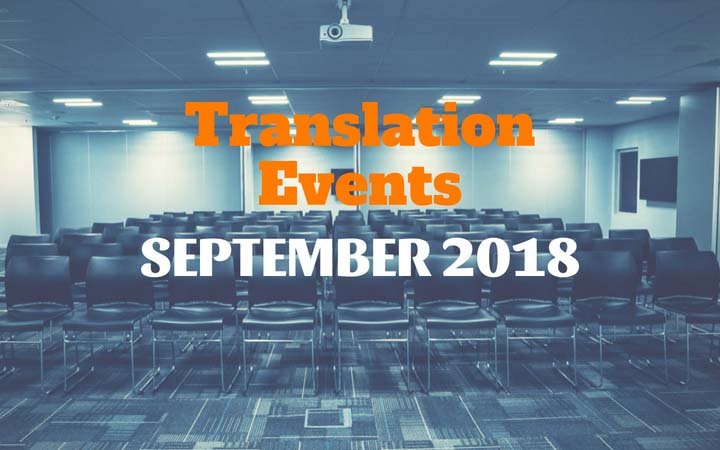
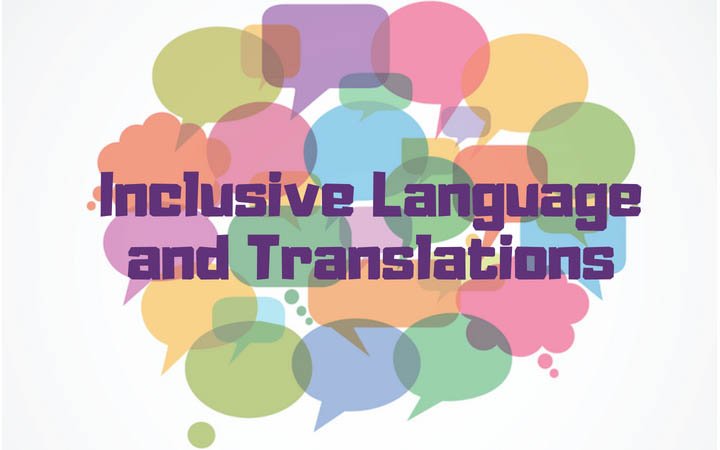
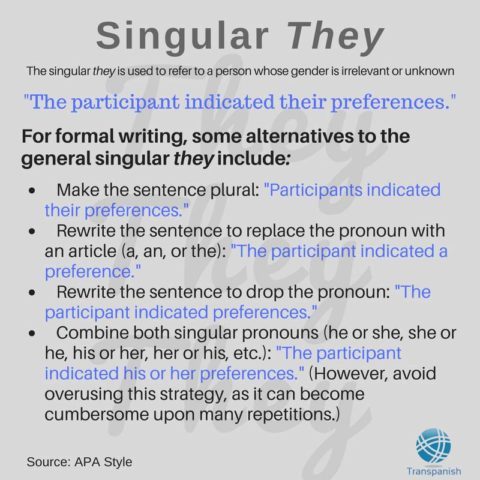 English Makes It Easy
English Makes It Easy
